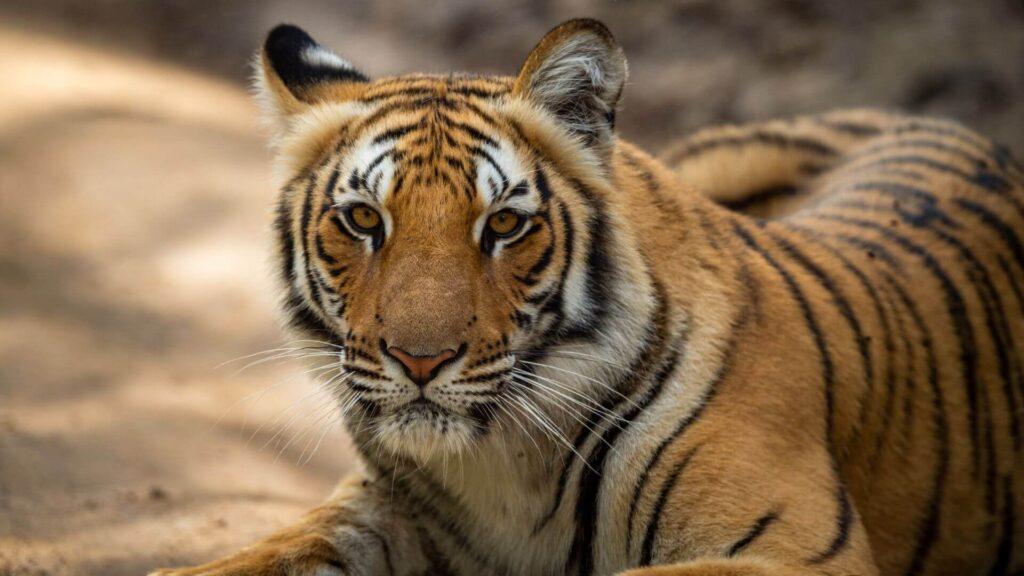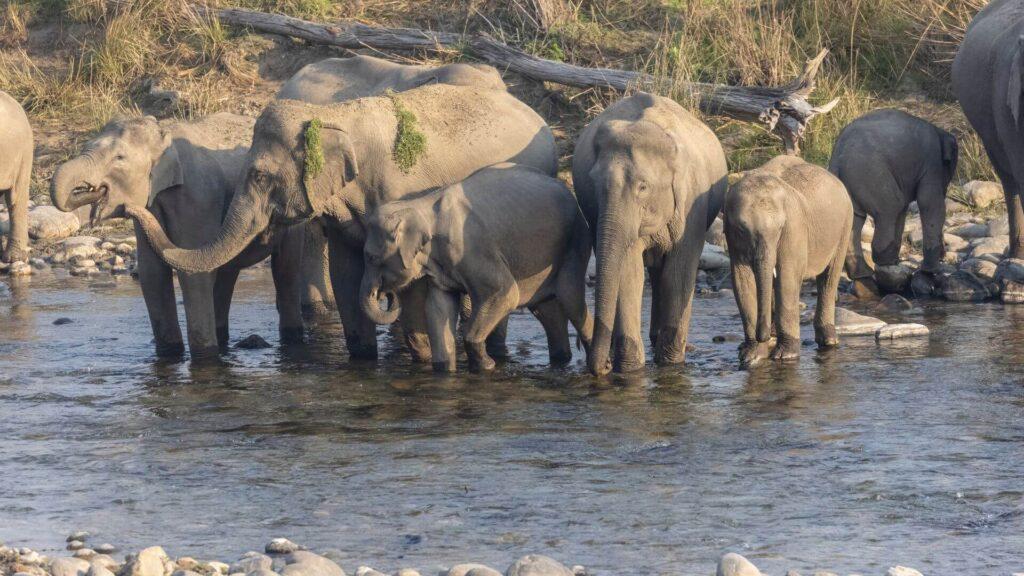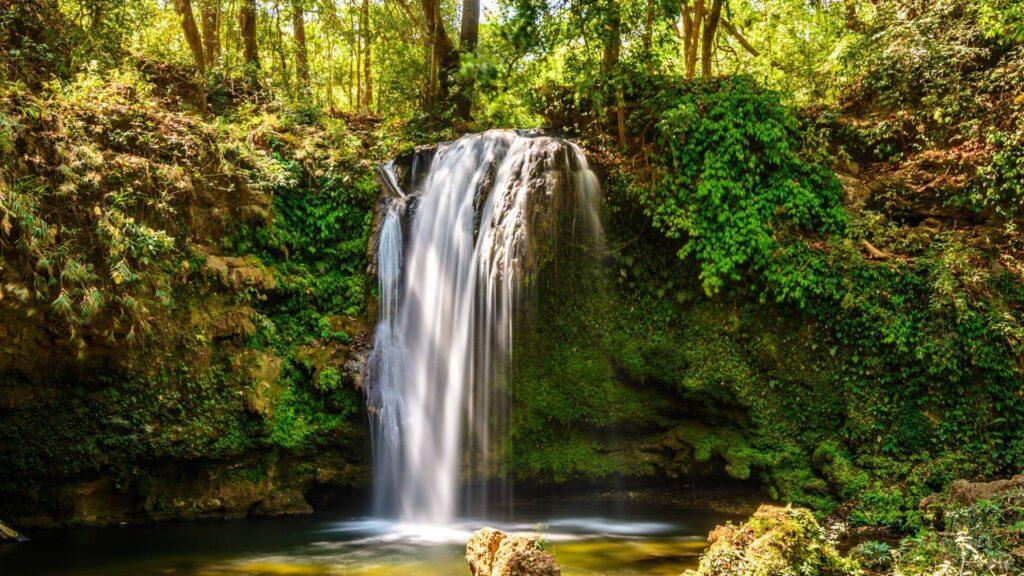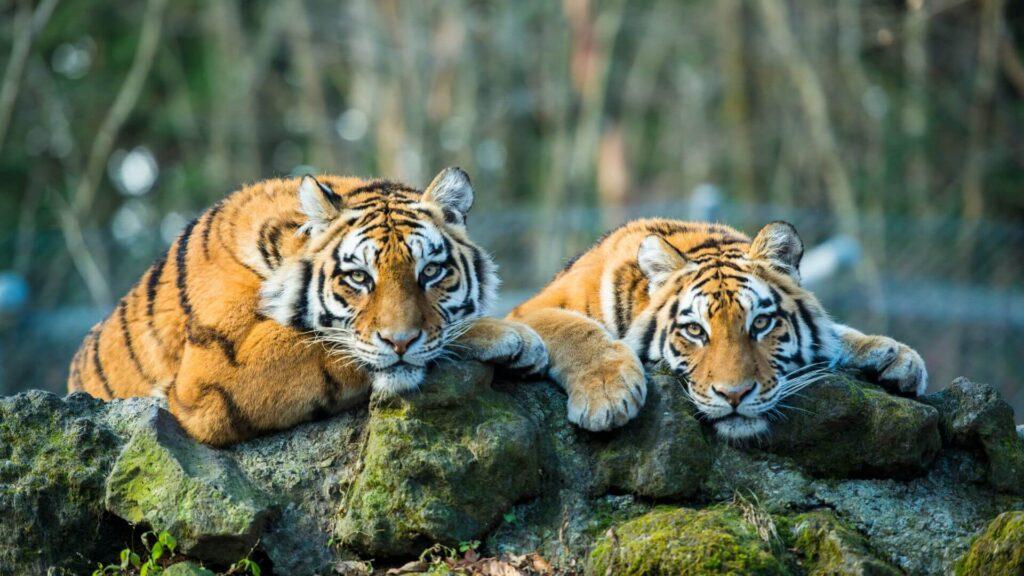The natural magnificence of Corbett National Park sets it apart from most other sanctuaries and wildlife sanctuaries not only in India but across the world.
It is situated in the Nainital district of Uttarakhand state and spreads over an area of about 1300 sq km, of which about 500 sq km is the core area and the rest is a buffer zone. The picturesque landscape includes hills, river belts, vast grasslands, swamps, and numerous lakes of various sizes. The altitude ranges from 1300 to 4000 feet and the forest ranges are mostly deciduous with sal, haldu, pipal, rohini, and mango trees covering almost 75% of the parking area. Incidentally, the park is an ecotourism destination with almost 488 species of plants and a very interesting diversity of fauna.
Established in 1936, Corbett National Park is the oldest national park in India. Originally called Hailey National Park, it was renamed in 1957 in honor of Jim Corbett, the legendary hunter-turned-naturalist, to recognize his contribution to its creation. Project Tiger was launched in 1973 in Corbett National Park as a program to protect the Indian tiger population and this park was one of the first such reserves in the country.
Wildlife Related Attractions
The main attraction of Corbett National Park is of course the majestic Royal Bengal Tiger. Dense jungles, natural water bodies, and the Ramganga River, as well as ample prey, make the reserve an ideal habitat for the tiger, which is, however, not easily spotted.
Leopards and smaller cats like the jungle cat, fishing cat, and leopard cat are denizens of this jungle, but the cat family as a whole is very elusive. Other mammals include the deer family (barking deer, sambar, black deer, and chital), sloth bear and Himalayan black bear, mongoose, otters, ibex, langurs, and rhesus monkeys. Elephants can be seen in herds or sometimes as solitary tuskers. Corbett is a paradise for bird lovers who observe a wide range of bird species. Corbett National Park. On the banks of the Ramganga river, the long-snouted crocodile, the gharial crocodile, and the mugger crocodile can be spotted. Corbett National Park has undertaken a crocodile breeding program to prevent their extinction.
How To Get There
Ramnagar town is the headquarters of the Corbett Tiger Reserve and all official work related to the forest service has to be done here. There are direct trains to Ramnagar from Delhi, Varanasi, and Lucknow. Ramnagar is also well connected by road to Lucknow, Nainital, Ranikhet, Haridwar, Dehradun, and New Delhi (295 km). From Ramnagar, transport should be arranged to the park itself.
Getting Around The Park
The best way to get around within the park is by jeep safari, jeeps are available for hire from Ramnagar, KMVN Tourist Lodge, and other travel agencies. Open vehicles offer the best views of the park. Each vehicle must be accompanied by a trained guide who assists in wildlife viewing and provides other information about the park.
A two-hour elephant ride can be arranged from the forest rest station at Dikala, which is a convenient way to penetrate the tall grass barriers and explore the jungles a little further afield.
Best Time To Visit
The best time to visit Corbett is from November 15 to June 15, when the park gates are open to tourists. Corbett remains closed between June 16 and November 14 due to heavy monsoons and possible infrastructure breakdowns.
Winter is very pleasant with temperatures between 5°C and 25°C, but summer can be very hot during the day.
Accommodation options
To stay in the forest holiday houses on the territory of the park, you need to get permits and reservations from the forest service. Also, there are hotels of different budgets in Ramnagar and neighboring areas.
Things to remember
The increase in tourist activities, among other problems, increases the difficulties in maintaining the ecological balance in the park mainly due to the lack of awareness. Therefore, there are a few key things to remember when visiting Corbett National Park, or any forest for that matter.
- Always listen to what the driver says
- You are not allowed to get out of the vehicle, except in cases where this is provided
- Strong colors and perfumes will make human presence obvious and reduce your chances of seeing wildlife.
- Do not insist that the guides or moutes do more than what the forest law allows
- Do not throw waste and plastics around
- Speak quietly and make as little noise as possible
- Carry binoculars and be alert when moving





